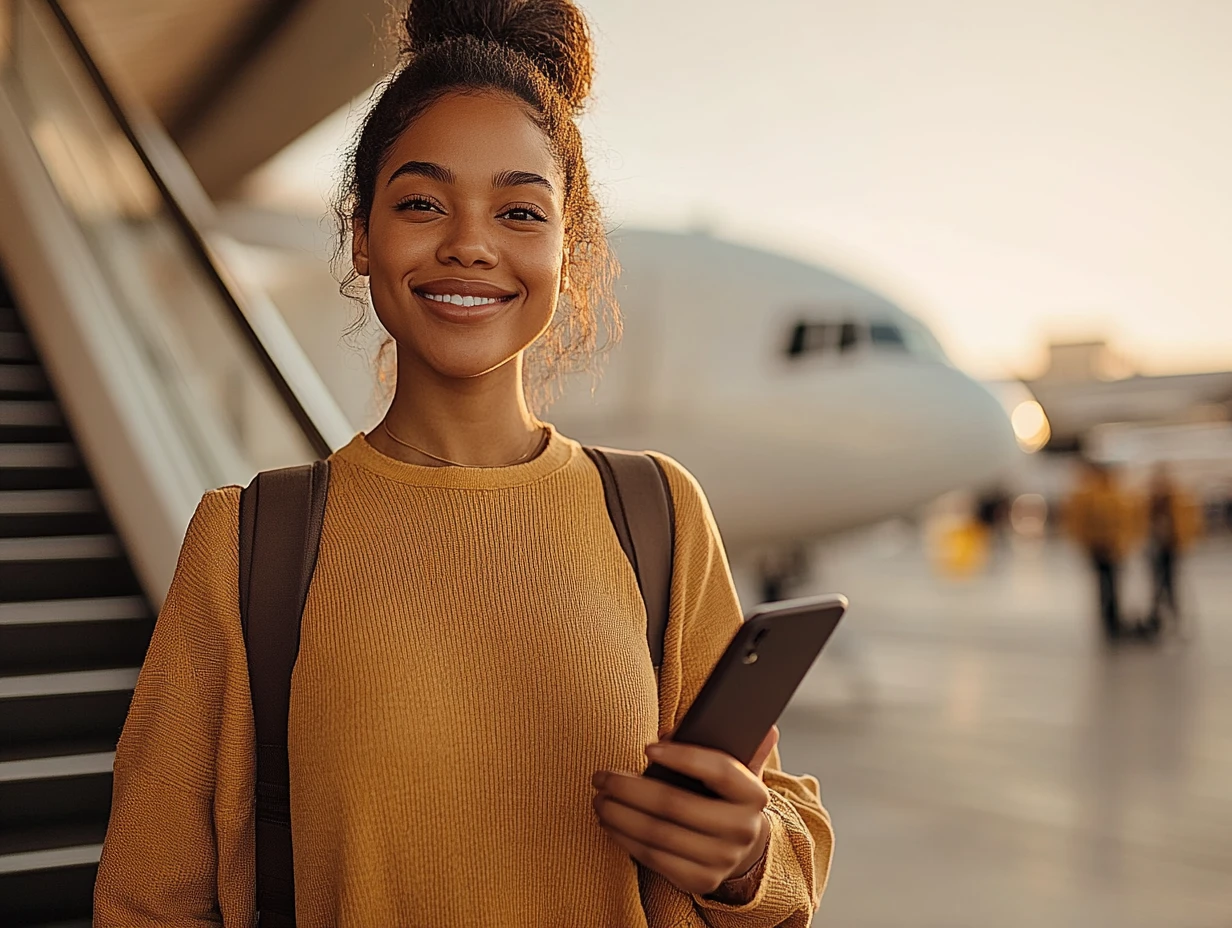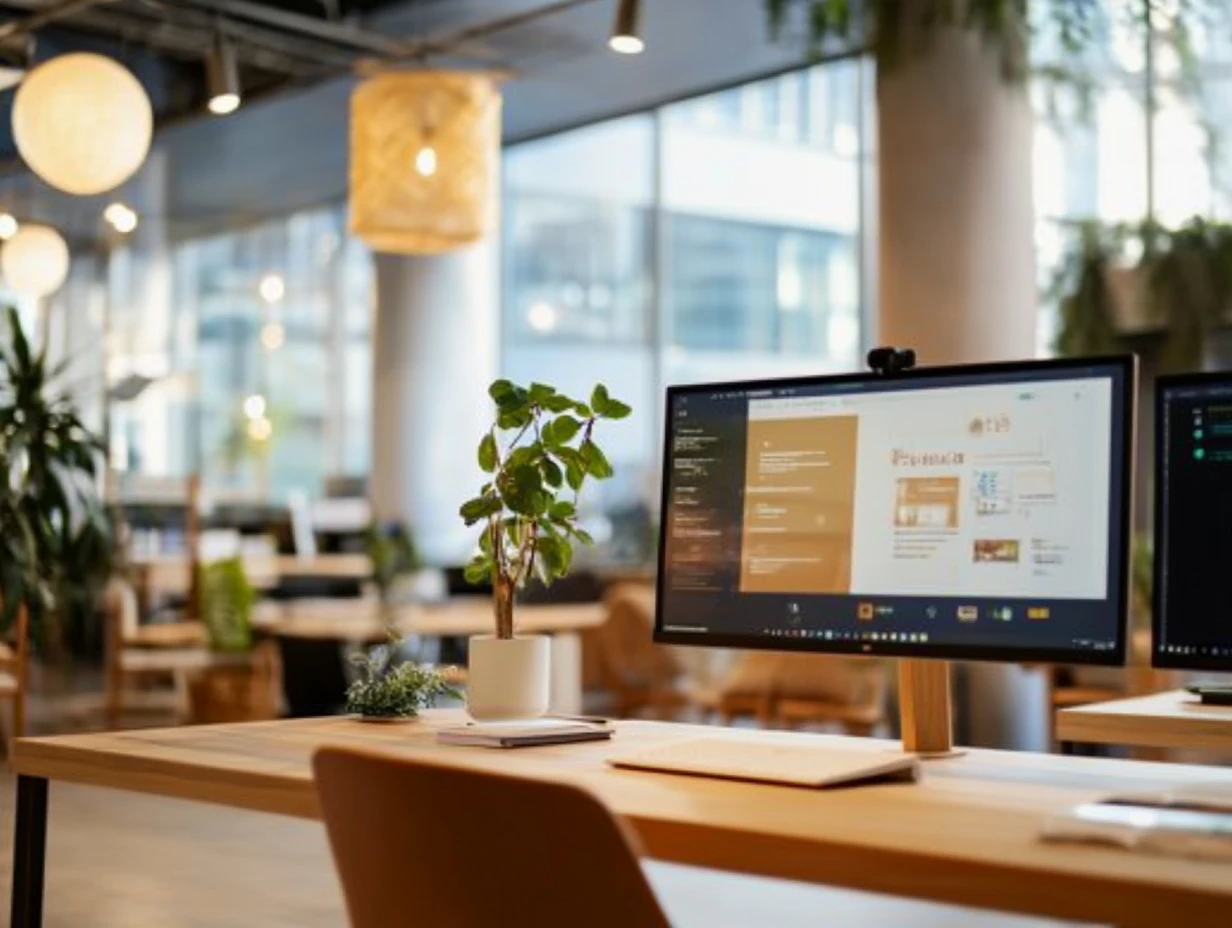The Language of tourism: Why localisation is essential for global success
Tourism isn’t just an industry—it’s one of the world’s most powerful economic drivers. It accounts for nearly 10% of global GDP and supports 1 in 11 jobs worldwide. But while the sector spans every region, culture and language, many tourism businesses still struggle to communicate effectively across borders.The challenge isn’t just translation—it’s connection. Because in a world that is increasingly digital and multilingual, speaking the right language means much more than using English by default. In fact, studies show that 72.1% of consumers prefer browsing websites in their own language. And only four of the top ten countries with outbound tourists have English as a first language. If your content isn’t localised, you’re not just losing visibility—you’re losing business.
Why standard translation isn’t enough
Tourism brands don’t sell physical products. They sell experiences—dreams, emotions, and stories told through words, visuals, and sounds. Before a traveller sets foot in a destination, your content must spark something. It needs to reassure, inspire, and persuade. That’s why language in tourism must do more than inform—it must resonate.This is where many brands run into trouble. While original marketing content may be emotionally engaging, its impact often gets lost in direct translation. The reason? Language in tourism requires deep cultural understanding. A translator must not only convert the words but adapt the message to a different audience—someone with their own expectations, references, and cultural norms.
What is localisation—and why does it matter?
Localisation is the process of adapting your message so that it makes sense in every market you operate in. It’s not just about translating the text. It’s about ensuring the entire experience feels natural and relevant to the reader, from visuals and layout to terminology and tone of voice.
This could mean:
Adapting colours, fonts, or images to cultural norms
Changing layout to suit languages that expand or read right to left
Adjusting date formats, currencies, or units of measurement
Tailoring tone and emotional cues to specific traveller segments
Brands that localise content effectively demonstrate empathy, cultural fluency, and global professionalism. More importantly, they convert better—because they speak to people in a way that makes them feel seen and understood.
Telling stories with transcreation
If localisation is the blueprint, transcreation is the storytelling. This form of creative translation allows for cultural freedom—adapting or even rewriting marketing copy so it resonates emotionally with local audiences.This is especially important in tourism, where emotions drive decisions. A global study of 53.000 international travellers found that the number one factor influencing online bookings was the excitement people felt during the purchase experience. Transcreation helps sustain that excitement, using language that aligns with the desires and instincts of each audience.
Where to focus your localisation efforts
Of course, localising every single asset isn't always feasible. So where do you start? Focus on the content with the highest visibility and the most potential to influence traveller decisions.
Your website is often the first place people discover your brand. If it's only in English, you're losing organic traffic and under-serving non-English speakers. This is especially true for Destination Management Companies (DMCs), who often employ multilingual staff but limit their websites to one or two languages. Expanding language coverage not only improves user experience—it increases your discoverability in local search engines.
Social media is another key area. It connects global travellers in real time—and engagement increases when content is available in local languages. By broadening your language support, you make it easier for followers to tag, share, and contribute user-generated content, which plays a major role in influencing travel decisions.
Your blog, if you have one, is also a prime candidate. It's a rich source of brand storytelling and long-tail SEO. But machine-translated blogs often sound stilted or robotic. A creatively adapted blog, tailored by native speakers, can significantly extend your content’s impact and visibility.
And don’t forget your operational content. Things like signage, menus, brochures, itineraries, and booking instructions shape the on-site experience. When these materials are well translated, they prevent confusion, improve satisfaction, and reinforce your reputation as a professional, guest-centric brand.
Making your message travel further
At its heart, tourism is about discovery, connection, and understanding. And the language you use to communicate that experience plays a fundamental role in how travellers perceive your brand.Translation alone is no longer enough. To truly thrive in global markets, tourism businesses need localisation that’s thoughtful, culturally relevant, and emotionally resonant. Whether you’re promoting dream destinations, managing guest experiences, or building long-term relationships with international clients, the ability to adapt your message for every market will set you apart.
If you're ready to scale your global communication with confidence, LanguageWire can help. Speak to one of our advisors and discover how our localisation and transcreation services can support your tourism business every step of the way.



